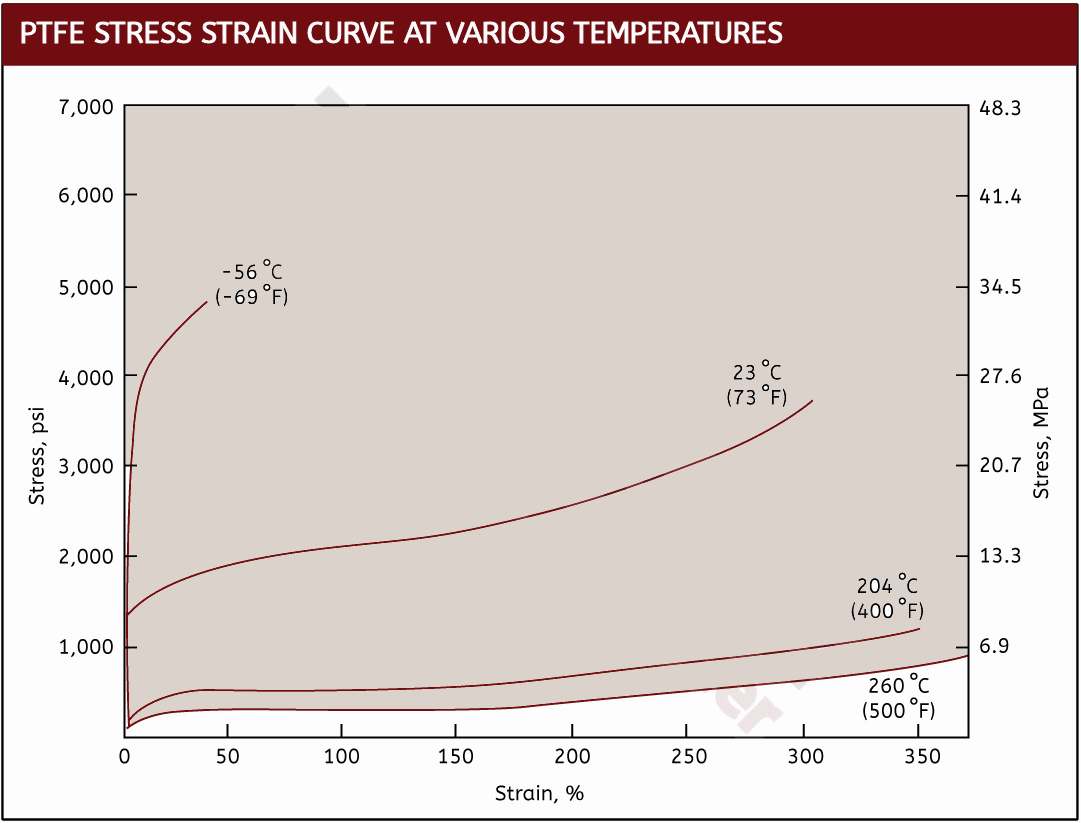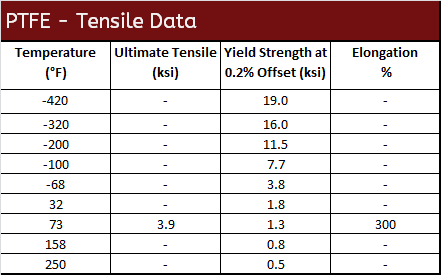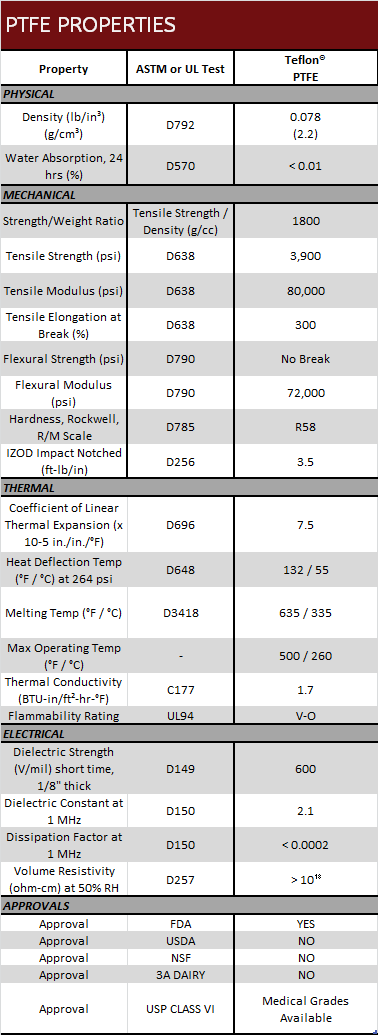Outstanding chemical resistance at elevated temperatures
- Virtually inert to most organics, acids and bases

- Usable up to 260°C / 500°F but weakens significantly
- Excellent electrical insulator
- High purity for sensitive pharmaceutical and food type applications
- Material datasheet for PTFE
- PTFE hex head cap screw features and benefits
PTFE hex head cap screws are made from the fluoropolymer polytetrafluoroethylene and are known for being exceptionally corrosion resistant and inert at elevated temperatures. PTFE screws are inert to most chemical environments including organics, acids, bases, mixed chemicals and hyrdofluoric acid. Additionally PTFE hex head cap screws are bio-inert and will not leach into or contaminate sensitive pharmaceuticals or food based products.
Compared to other high performance polymer hex head cap screws like PEEK or PVDF, PTFE screws offer the best all-around corrosion resistance especially at elevated temperatures. However the trade-off for its extraordinary corrosion resistance is the lower tensile strength compared to PVDF or PEEK hex head cap screws.
Screw Types: Flat Head Screws, Hex Cap Screws, Pan Head Screws, Set Screws, Socket Head Cap Screws
PTFE Hex Head Cap Screw Features and Benefits
It is important to differentiate between a PTFE hex head cap screw and hex head bolt. Often people assume they are the same, but they are actually very different fasteners in terms of how they are manufactured, as well as from an application perspective. Regardless of your choice, PTFE hex heads offer strong, stable joints because of their large head service.
The Hex Comparison
| Hex Head Cap Screw | Hex Head Bolts |
|
|
PTFE Hex Head Cap Screw Advantages
The most important feature of a PTFE hex head cap screws is that it has a larger bearing surface area which provide better clamping pressure than other type of fastener such as a socket head cap screw. Additionally, since debris build up is less of an issue with this style of fastener verses a socket head cap screw, they are ideal of dirty applications where particles could clog up a socket. Though PTFE socket heads are typically used for tight access applications, hex heads can be a better choice when there is only side clearance available for tightening.
Mechanical Data
 |

PTFE Properties

